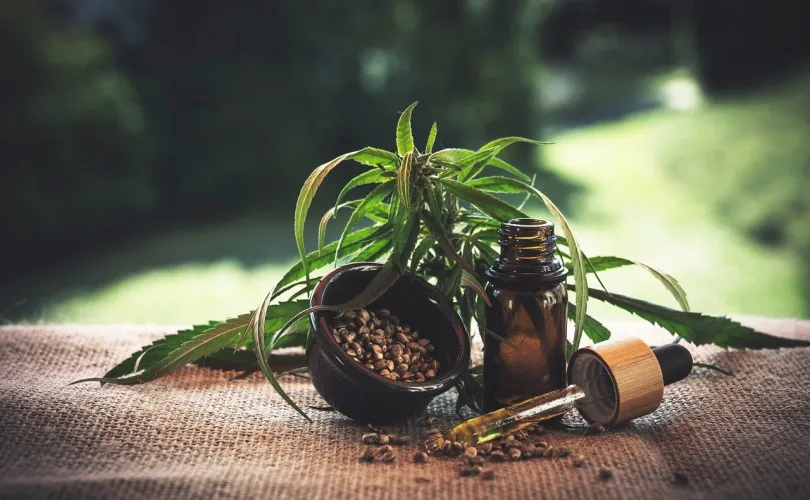Keeping the soil’s pH in the ideal range is crucial for healthy plant growth. For example, leaves on cannabis plants turn yellow when the pH is below 5.8, as the plant cannot take in magnesium in these conditions. In the present day, a variety of goods are available to accomplish this goal. For optimal seedlings, you should adjust your soil’s pH to between 6.5 and 7.5 and temperatures and humidity at or around 60% grown under these conditions.
Minerals That Cannabis Plants Need to Thrive
Cannabis plants need several essential nutrients, but magnesium and calcium are two of the most important. These components are crucial to the chlorophyll molecule’s proper functioning. In addition, these nutrients are necessary for developing the plant’s protein structure and the enzymes it produces.
Leaves turning yellow and drooping at the ends are only two symptoms that might appear on a plant if it lacks these nutrients. Cannabis plants also need sulfur, which is vital in creating chlorophyll and essential to the plant’s survival.
Finding Out What a Developing Solution’s Ph Is by Utilizing Testing
To ensure your plants get the nutrients they need, you should test the pH of your growth solution before feeding it to them. Litmus paper or a pocket pH meter will do the trick here.
Simple acids and bases can also be found in most grow stores. Please follow the product’s packaging instructions to ensure you use the right amount.
Analyzing the Soil’s Nutritional Content
For optimal cannabis plant development, regularly monitoring the soil’s pH level is crucial. Vegetation grows well in slightly acidic soil. However, to reach their full potential, cannabis plants require a pH of between 6.0 and 7.0.
Adjust your soil’s pH level according to the growing stage. Soil acidity or alkalinity could be affected by where the water originates. Since the acidity of the water changes depending on where it comes from, so must the treatment for it. After germinating seeds, you may start tending to your cannabis plants. A typical seedling will send out roots around the 10th day after germination.
The plant’s growth environment must be as free of stress as possible. It’s detrimental to your plant’s health to overexpose them to water or sunlight. You might expect retardation in growth due to the stress your plant experiences due to these factors.
Testing the Soil’s Acidity or Alkalinity
Ideally, the soil’s pH would be between 6 and 7. A pH tester is a valuable tool that won’t break the bank, and you should consider purchasing one. pH paper strips are one option, but you could also mix some neutral water with a coffee filter and use that to test the water’s pH level.
While a pH meter can be more expensive than a soil pH test kit, the former is more accurate. The color shift is when a pH strip material indicates the substance’s pH. After the test, calculate the pH of your soil by comparing the results to a reference index. Marijuana farmers frequently assume that by giving their plants more of a particular nutrient, they will be able to fix any nutrient deficiencies. However, you may be misreading the signals of a vitamin deficiency. Luckily, there are ways to tell if a person has a vitamin deficiency. Depending on the developmental period and the severity of the deficiencies, the symptoms of, say, an N and S deficiency could be highly similar.
